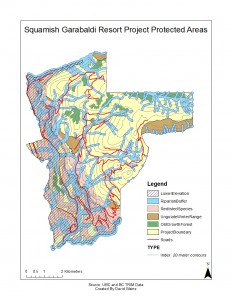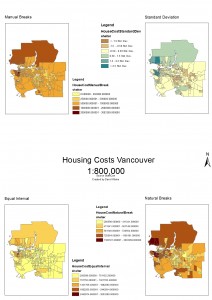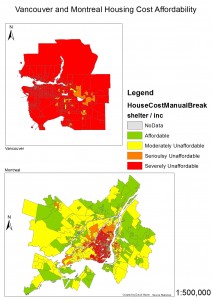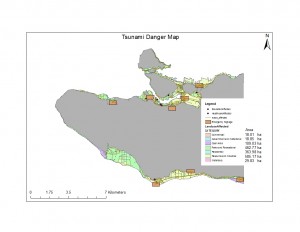This final project was to develop a GIS analysis of the Agricultural Land Reserve in British Columbia. Our group was assigned the Central Kootenay sub-panel. We were tasked to evaluate the land content of the ALR to determine using geographical information systems what the actual content/quality of the ALR land is.
I believe my biggest contribution to the project was the sourcing and extraction of the necessary data to complete the project. I also did much of the analysis of the data to help complete the project. I would like to thank Kate Baranova for her excellent contribution to the project. Kate completed much of the analysis and put a large amount of work into developing the individual maps for the project. Without her help I believe the project would not have been completed at the same level of quality (visual and data quality) that it was.
We organized our group at the beginning based on the questions to be answered in the report. Who would source what data for what question and complete the analysis etc. However as the project continued we realized that much of the data was clumped together. So I began to extract the data and then other group members contributed to the analysis. We all worked on the final write up together to complete it on time.
I learned quite a bit about the ALR during this process. The biggest thing I noticed was how low the amount of land in the ALR that was actually productive to agriculture. Also how low the amount of land actually used for agriculture directly is. I think the greatest trick I learned was how to manage my layers and data withing ARC MAP. The naming of layers to better understand what processes had been completed etc. There was much data available publicly however several useful data sets were restricted in access. These data sets if publicly available would have been of benefit to our analysis.



